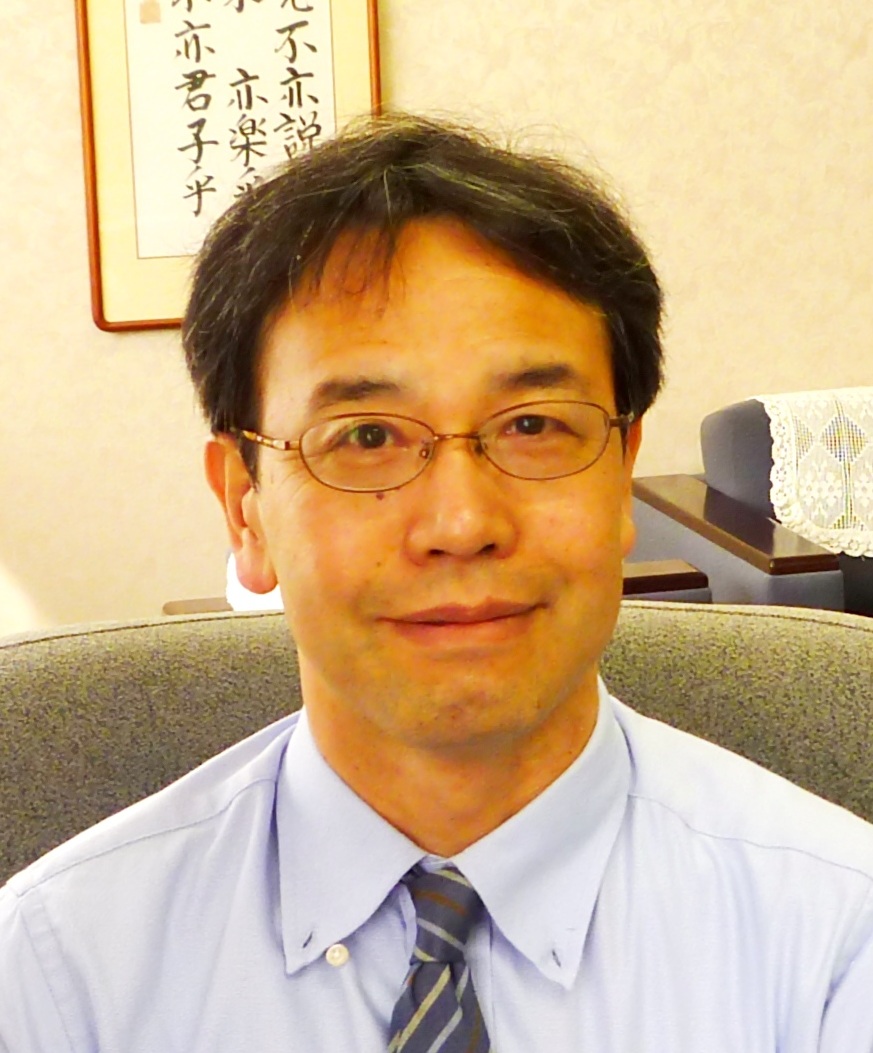Highlights 2012 of Research Group
Research Report
Theoritical Physics
Experimental Facilities and Instruments
Detectors
Accelerators
Computer and Network
Radiation Protection
Conference, Workshop and Colloquium
Personnel
Back Number

back |RCNP Home

We are pleased to report our activities in 2012 as the first annual report online. Here I briefly summarize the highlights of our major achievements.
At the RCNP accelerator facility, a variety of researches have been conducted aiming to elucidate properties of atomic nuclei. Using the high-resolution magnetic spectrometer Grand Raiden, strength function of pygmy dipole resonance (PDR) has been studied by applying the proton inelastic scattering at forward angles. The results show that the PDR strengths in 90Zr and 208Pb have been clearly separated from the spin-M1 contribution. The Gamow-Teller strength distributions have been determined by (3He,t) charge-exchange rations for 136Xe, 71Ge, 76Ge, 128,130Te, 100Mo and 96Zr, which are important for the study of the double-beta decay nuclear matrix-elements as well as the charged-current reaction cross sections of neutrino detectors. Extension of the radio-isotope beam line, the EN course, for a new F3 focal plane has been completed, with which significantly improvement of the purity of the secondary beams are expected for future experiments.
Accelerators of the RCNP cyclotron facility were not operated from the middle of July in 2012 to the end of March in 2013, because the AVF building was reformed for the anti-earthquake reinforcement. During the shutdown, the wired interlock system was replaced by a system using programmable logic controllers (PLC). It took about 2 weeks to test the new system.
The LEPS group obtained new results of the Θ+ search. A peak enhancement has clearly been observed in the exclusive analysis when the proton contribution in the deuteron target was rejected. As one of the main detector systems of the LEPS2, the BGOegg calorimeter was transported from the ELPH, Tohoku University to the LEPS2 building for the first physics run at the LEPS2.
For the measurement of neutrino-less double beta decay, we have developed the CANDLES system by using CaF2 scintillators. The CANDLES system aims a background free experiment for a high sensitive measurement by characteristic detector structure. In 2012, a high-performance light concentration system was installed, which increased number of photo-electron by 80%. The large number of photo-electron led good performance for position separation and particle identification. The improved performance gave good rejection-efficiencies for characteristic background events.
Theoretical researches have been performed based on microscopic description with close link to experiments, which can be achieved by having tools of reactions. This general idea is applied to extract the dynamics of heavy hadrons, of various baryon resonances and of variety of exotic nuclei.
There are many other achievements and progresses that you will find in articles of this annual report. I hope you will enjoy reading them.
Sincerely yours,
Takashi Nakano
Director of Research Center for Nuclear Physics